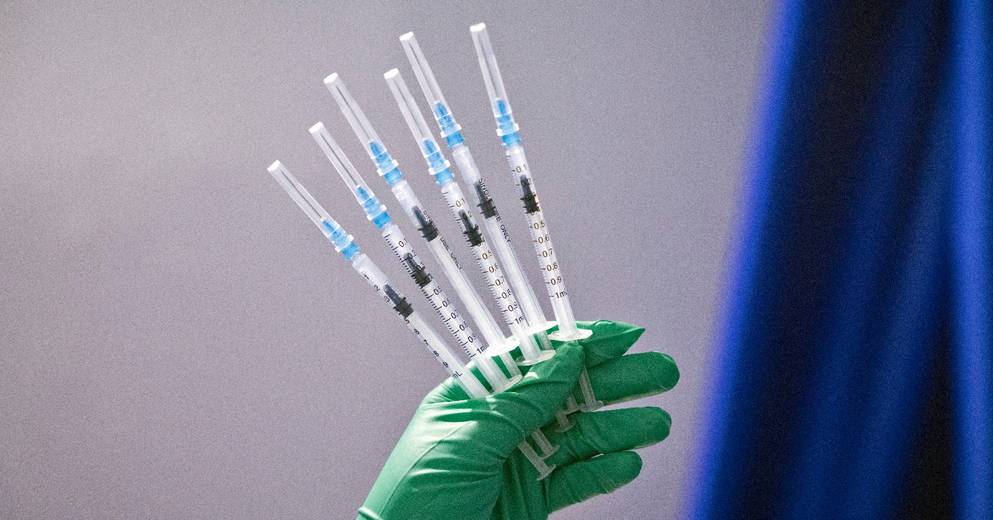How California is building the nation’s largest… Leave a comment
The state of California recently embarked on an ambitious endeavor. Using hundreds of millions of dollars in public funding, the nation’s largest state plans to connect its hospitals and healthcare providers through a statewide health information exchange.
By Jan. 31, 2024, providers in the state are expected to be able to provide real-time access to health data for uses including treatment and payments. The project plans to link existing regional exchange networks as well as physicians and health systems that aren’t part of one.
Becker’s recently talked to four health and IT officials from across the state about what it will take to make this project a reality — and what the benefits will be for the healthcare system of more than 39 million people. Note: Their comments have been lightly edited for clarity and brevity.
On how the state is doing it:
John Ohanian, chief data officer for the California Health and Human Services Agency: At the state level, we were really clear from the very beginning we were not looking to create technology or a single exchange. We want to develop rules of the road. So the framework really identifies why we’re doing it. And really the No. 1 goal is that we believe individuals have the right to have all of their information, as well as any provider that’s taking care of someone. We know that it’s good for health to have the most up-to-date information on patients.
What I would say is this is the final mile into the 21st century in terms of health information exchange.
On how hospitals are perceiving this:
Jan Emerson-Shea, vice president of external affairs for the California Hospital Association: There is no question that enabling providers across California to electronically share vital healthcare information with everyone on a patient’s care team will result in better and more timely decisions to address that person’s healthcare needs.
A multistakeholder advisory committee (composed of hospitals, physicians, clinics, health plans, social service agencies, etc.) continues to meet with state officials on various implementation options. Until those decisions are made by state officials, we won’t know what potential challenges (or opportunities) may face hospitals or any other stakeholders engaged in this effort.
On why it didn’t happen sooner:
Timi Leslie, founder and president of health IT consultant BluePath Health: The political will has been missing. We’re a big state. The needs for L.A. County are different than the needs in Mendocino County. One of our major issues is not having the leadership at the state level to help guide, coordinate and bring the resources to bear to build the infrastructure needed on the ground.
On the stakeholder level, data can be really competitive in healthcare. In California, there are some providers that are both health plan and health system that can go deep and have breadth and may not need as much data from other stakeholders — although we’re getting to a point now in healthcare where everybody needs to be in the same boat to get to where we want to go. So hopefully we’re starting to see some of that competitive nature breaking down.
On the opportunities to expand equity:
Abner Mason, founder and CEO of patient engagement platform SameSky Health: We should have a healthcare system in this country that works for everyone regardless of what they look like, what they talk like, where they come from, or how much money they make.
It’s really important for us to have race, ethnicity and language data. We can then use that data to understand — using breast cancer screening as just one example — what percentage of women in what area of the state are getting breast cancer screenings.
If we have a statewide database, we can then do the analysis and say, “In this part of the state we are really behind, and there are huge disparities.” And then we can target programs, we can target resources, we can take steps to reduce those disparities.
My belief is the key part of creating a more equitable healthcare system in the U.S. is data. We’ve got to understand where the problems are.


